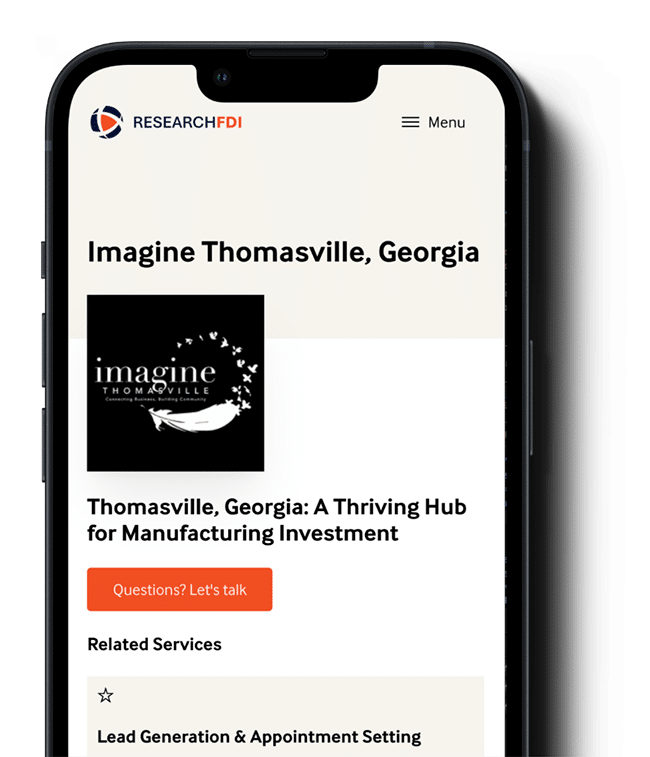To say the COVID-19 pandemic has had an impact on the business world would be a seismic understatement. While the pandemic’s consequences will be widespread throughout many employment sectors for years to come, the changes aren’t all necessarily negative. Virtual lead generation, for example, has replaced the need for in-person conferences, person-to-person networking, and heck, even handshakes.
It remains to be seen for how much longer the distancing of B2B lead generation will persist but at least in the short-term, B2B online lead generation is becoming the new way to network. And, depending on how businesses opt to shape their work modelling a post-COVID-19 world, it might be a lead generation tactic in place for the future as well.
As the coronavirus vaccine continues to roll out across the continent, network meetups are still (for the most part) not happening. It involves too many people, too much travelling, and too many restrictions to manoeuvre through.
However, that doesn’t mean that B2B lead generation is on hold. According to data from Goldman Sachs Research, a New York-based financial institution, the cost of cancelled in-person conferences is high in the US — $1.1 billion in lost revenue over the last year.
The good news is businesses can still generate leads and make genuine connections through the rapidly expanding and quickly changing trend of virtual lead generation. Take advantage of the prospect that millions of people are working from home and start understanding how online lead generation is the new way to network. At least until people feel comfortable shaking hands again.
More from ResearchFDI:
- The Zoom boom: How the tech company can continue to thrive in a post-COVID-19 world
- The advantages and benefits of inward investment
- Research Uncensored Podcast – S2 Ep. 8: Courtney Margetson
- How to improve ROI with lead generation
Benefits of online lead generation
Sure, being able to network face-to-face isn’t as natural as the pre-pandemic days but virtual lead generation has a slew of benefits and advantages.
Here are some facts about the new way to network, according to GotoWebinar research, the self-service webinar tool:
- 73% of B2B companies say a webinar is one of the best ways to generate leads.
- The average webinar attendance rate is between 40 to 50% of the initial registration rate.
- Midweek and midday is the best time to host a webinar or virtual lead generation event.
- Participants spend 30 to 40 minutes attending the event.
The most obvious disadvantage of lead generation though virtual events is attendee’s attention spans — especially working from home, with their cameras off. If you target your leads, however, it’s easier to get engagement and action from your audience, than it is at in-person events.
Virtual events also naturally remove many real-world barriers, including:
- Attendees no longer need to travel. That means no taxis, Ubers, hotel accommodations, or expensive dinners to participate in events.
- Multilingual options can allow for simultaneous translations or subtitles, removing traditional language barriers while opening your event to a global audience.
- Venue room capacity limits are no longer a consideration, as virtual platforms can accommodate dozens of people at the same time.
Online events equal more data
A big advantage of online events is that they provide the potential to gather much more data than in-person networking. Monitor data by paying close attention to what audiences are asking, how long it takes to complete certain tasks, participation rates, and types of presentation that are generating both high numbers of attendance and engagement.
Data allows businesses to identify the subject matter that is most shared and enjoyed by audiences. It also gives businesses where the demand for improvement may be.
Promoting your virtual event
Businesses should be promoting their virtual events through all of their existing marketing channels, relying heavily on the company’s website and social media channels — especially LinkedIn.
If you have outside speakers participating in the event, make sure they’re promoting the event on their marketing channels as well.
Businesses should also take the time to do some targeted outreach. Outreach is a very important element of event-based marketing, even of the virtual variety. Creating that first touch with a prospect, even if they don’t attend, could be laying the groundwork for a future sale.
Regardless of what the other side of the COVID-19 pandemic looks like, online lead generation is a marketing tool that won’t be fizzling away anytime soon. The sooner companies hop aboard the growing trend, the sooner they’ll be able to run a virtual event as smoothly as they could an in-person one.



